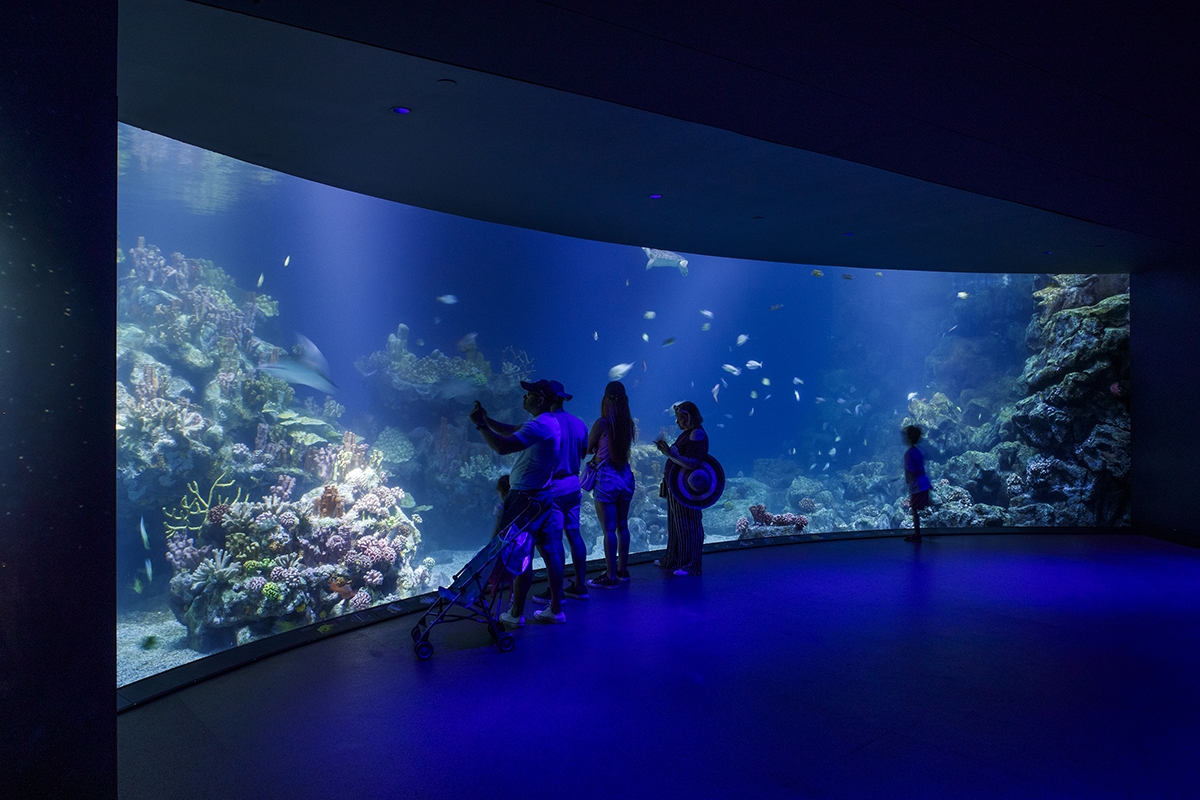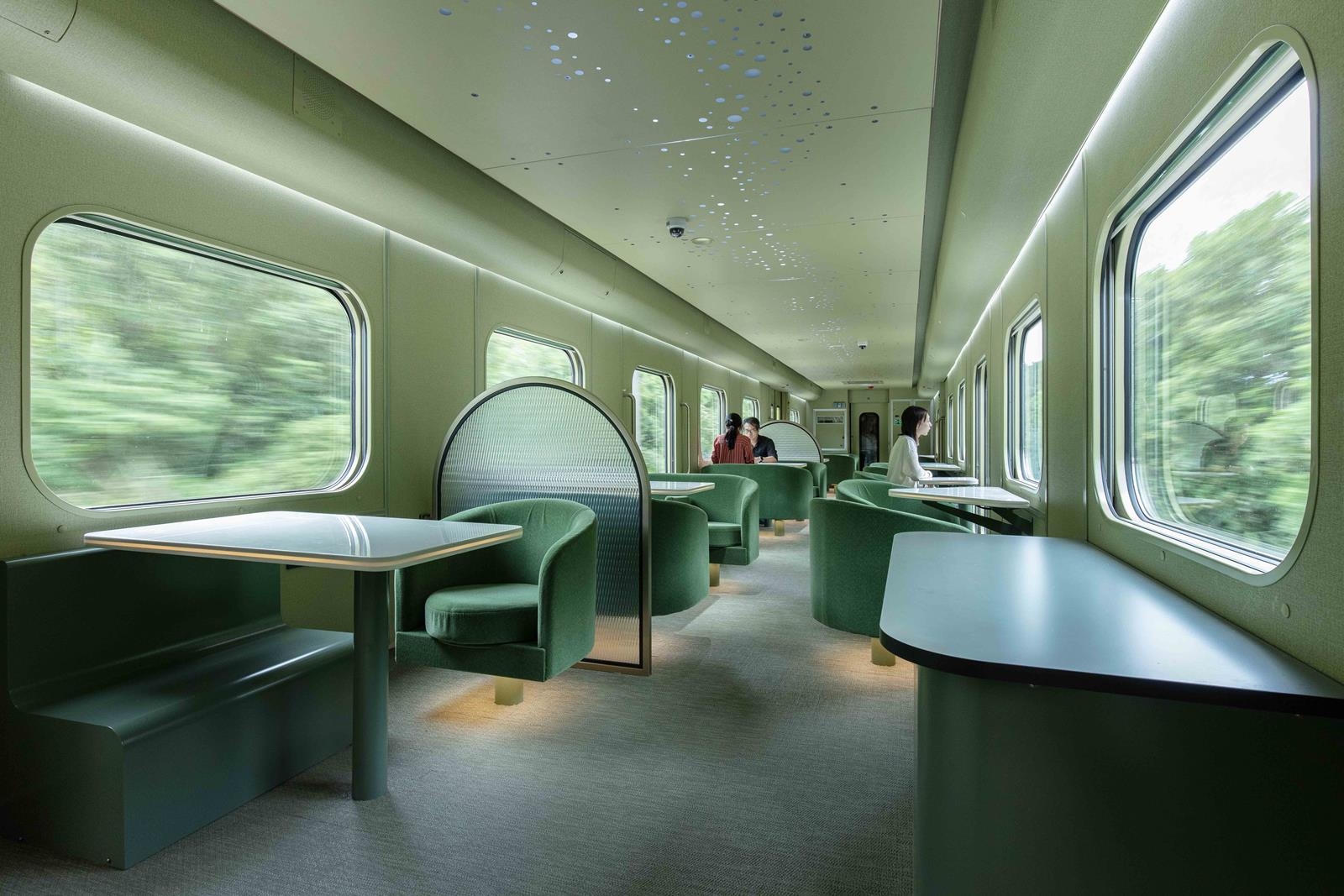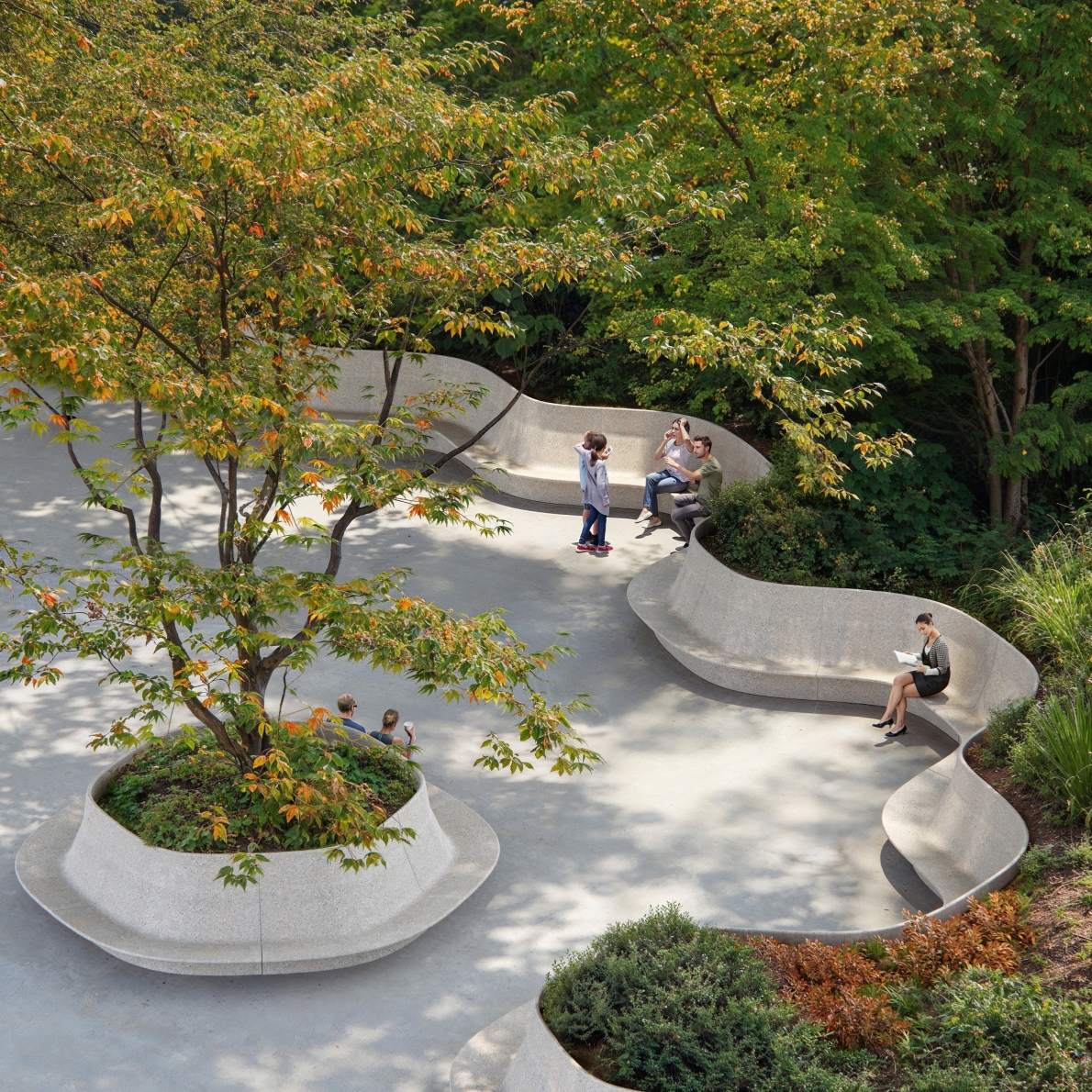In the dynamic world of interior design, emerging talents often reshape and redefine our understanding of space. One such trailblazer is Hyojung Cha, the recipient of the Emerging Interior Designer of the Year at the LIV Hospitality Design Awards 2022. In her fresh approach to design, Hyojung takes a deep dive into the relationship between users and their surroundings. Today, we are thrilled to bring you a conversation with Hyojung, shedding light on her inspirational journey, her empathetic design philosophy, and her award-winning project, the Mad for Garlic restaurant in South Korea.
Mad for Garlic is an interesting blend of Italian and Korean culinary cultures, brought to life through interior design. The central theme, garlic, plays a crucial role in the project’s design concept, reflecting both the restaurant’s menu and the importance of this ingredient in Korean and Italian cuisines. This culinary fusion becomes a design fusion, embodying the seamless convergence of two distinct cultural identities in a single, cohesive space.
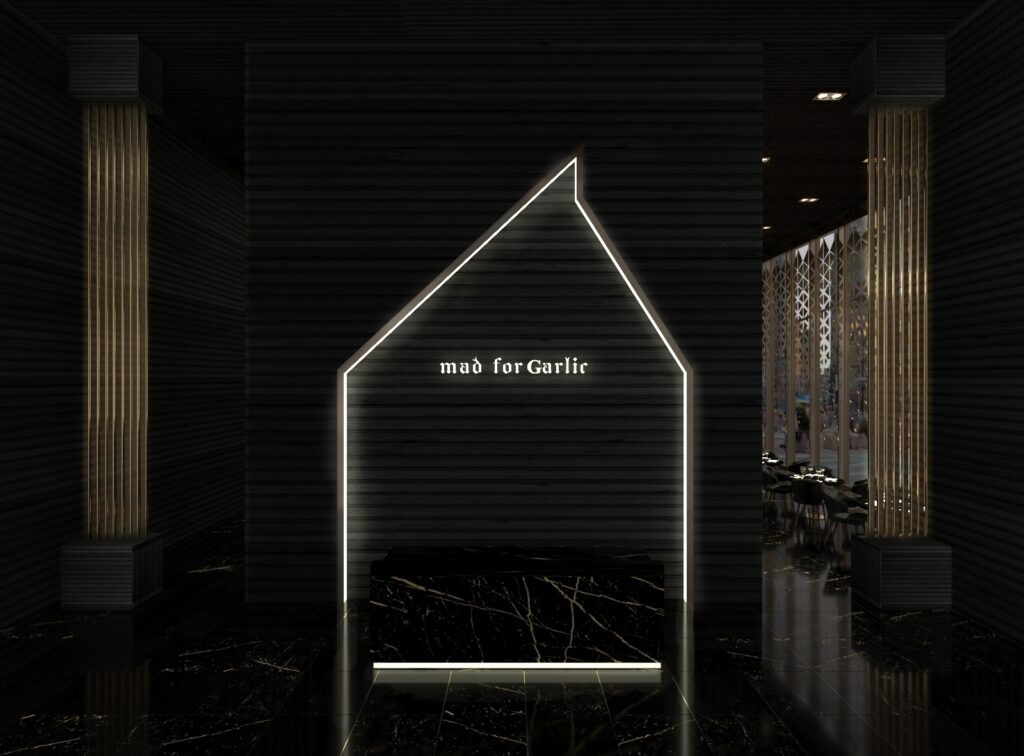
Photo credit: Hyojung Cha
Could you tell us a bit about yourself and your professional journey? How did design come to have such an important role in your life?
My space study started nine years ago when I went to college. Before I attended it, honestly, I had yet to learn interior architecture design. However, I realized that imagining a space is fantastic, and I feel happy when I do it. At that time, I noticed that everything surrounding us was three-dimensional and started looking at something from various angles. Time passed, and I got into interior design and decided to be an interior designer.
Is there a philosophy, a vision, or a special process that influences how you approach design? Would you say that you apply it to your life as well?
The most exciting part of the interior is that interior designers must consider specific user groups and make a space for them because spaces are close to our lives. For this reason, we should understand and read users’ sensory aspects: what they need, why they need this space, when they need to use it, and how they will use it. Meanwhile, my design concept should be expressed in it. I think these are the differences between an artist and an interior designer. I believe interior designers should be thoughtful and have to catch other people’s minds.
How did you think of the concept for the design?
As I mentioned, I am always inspired by my user group. The fusion restaurant Mad for Garlic focused on the main ingredient in this project: garlic. Based on my research, Mad for Garlic is highly proud of its garlic dishes. And I have also tried to promote them through fusion restaurants between South Korea and Italy using garlic, Korea’s traditional main ingredient. For this reason, I also tried to think of ways I could represent garlic visually to send customers Mad for Garlic messages.
What did you learn from the fusion of South Korean and Italian cultures? Is fusion a concept that you wish to continue working on in the future?
I learned that there is no boundary between countries. I realized that space, where people gather and eat, makes them unified. Even though Korean and Italian people have different backgrounds, we can share our opinions and build a relationship based on dishes that will create something powerful. This point is similar to interior design. I hope to continue working on the concept of fusion. The meaning of fusion can be interpreted as getting along with people who have diverse backgrounds. That is why I am now living in New York City and figuring out how spaces make people mingle.

Photo credit: Hyojung Cha

Photo credit: Hyojung Cha
What did you find most challenging while working on the project and what did you enjoy the most?
I constantly challenge myself and try to keep a balance between my thoughts and the user group’s thoughts. Sometimes while drawing, I create a space that is impossible to build in reality. In other words, it would be a different creative idea if I handled it. This type of process always encourages me to do interior design.
Is there a dream project you would like to see coming to life, or a dream team you’d like to work with?
In South Korea, we have a few education issues to improve our identity and creativity for children. From an interior designer’s perspective, creativity is a crucial element in living our lives. Thus, I want to try an educational space where children can think about themselves while staying there.
Could you share with us which designer you take the most inspiration from and how their work influences your own creative process?
I am a big fan of Frank Lloyd Wright, I find his architectural designs very simple but powerful. Whenever I appreciate his work, I feel he considered his client’s life type and interpreted it from his perspective.
What does winning the LIV Awards mean to you in terms of validation and recognition of your work in the interior design industry?
I am very honoured to be the Emerging Interior Designer of the Year because I am still a student who is studying what space is. Therefore, “Emerging” is very powerful and meaningful to me.
What can we wish for you in the future?
I wish that the LIV Awards continued to look at other new rising interior designs. And also, I hope you guys keep introducing how they think of this idea and why they think it will develop not only the interior design industry but also our lives.
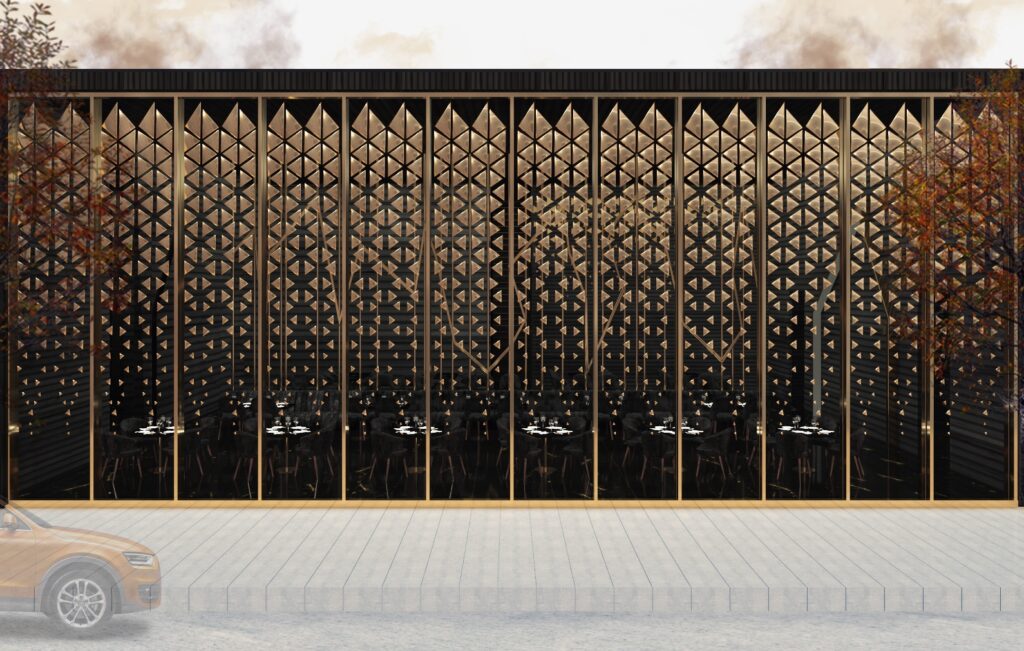
Photo credit: Hyojung Cha
Hyojung Cha’s journey from a space design student to an awarded interior designer provides a compelling narrative about the evolving landscape of interior design. Her project, the Mad for Garlic restaurant, stands as a testament to her design philosophy – a thoughtful fusion of aesthetics and function aimed at enhancing user experience.
Reflecting on her fusion approach, we are reminded of the boundless possibilities that exist when diverse cultures converge within a shared space. In the context of interior design, this fusion concept promises to generate creative spaces that encourage interaction and unity, something Cha wishes to explore further in her future projects.



